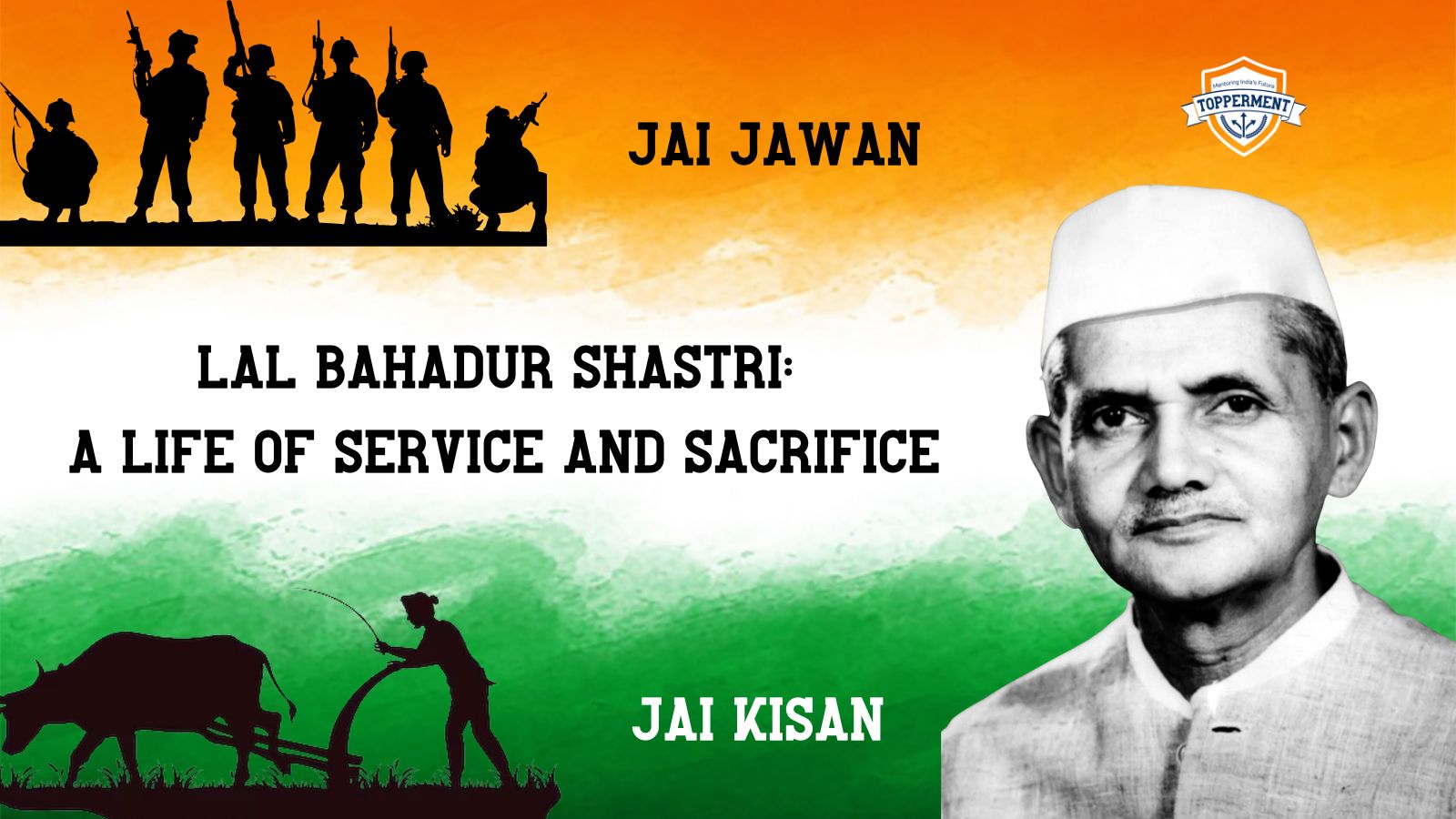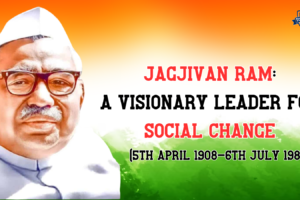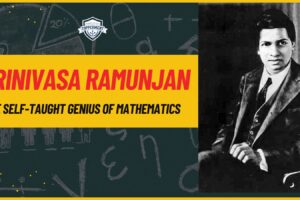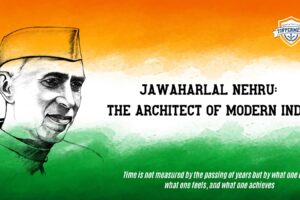
Lal Bahadur Shastri: A Life of Service and Sacrifice | National Personalities
Lal Bahadur Shastri was one of the most influential leaders of India, who served as the second prime minister of the country from 1964 to 1966. He was a man of simplicity, integrity, and courage, who led the nation during a critical period of its history.
Lal Bahadur Shastri Early Life and Education
Lal Bahadur Shastri was born on October 2, 1904, in Mughalsarai, a small railway town in Uttar Pradesh. His father, Sharada Prasad Srivastava, was a school teacher who died when Lal Bahadur was only a year and a half old. His mother, Ramdulari Devi, took her three children to her father’s house and settled down there.
Lal Bahadur was a bright and curious child, who loved reading books and magazines. He was deeply influenced by the teachings of Swami Vivekananda, Mahatma Gandhi, and Annie Besant. He also developed a keen interest in the freedom struggle of India against British rule.
He joined the non-cooperation movement launched by Gandhi in 1921 and was arrested for participating in a protest. He spent a few months in jail and then resumed his studies at the Kashi Vidyapith, a nationalist university founded by Madan Mohan Malaviya. He graduated with the title of shastri, meaning “learned in the scriptures” in 1926.
Political Career
After completing his education, Lal Bahadur Shastri joined the Servants of the People Society (Lok Sevak Mandal), an organisation founded by Lala Lajpat Rai to serve the poor and the downtrodden. He also became an active member of the Indian National Congress and worked closely with Gandhi and other prominent leaders.
He was elected to the legislature of Uttar Pradesh in 1937 and 1946 and held various positions in the provincial government. He was also imprisoned several times by the British authorities for his involvement in the Quit India Movement and other civil disobedience campaigns.
After India attained independence in 1947, Lal Bahadur Shastri became a part of the central government led by Jawaharlal Nehru. He served as the minister for railways and transport from 1951 to 1956, during which he introduced several reforms and innovations in the sector. He also resigned from his post on moral grounds after a railway accident in 1956 that claimed many lives.
He then became the minister for commerce and industry from 1957 to 1961, where he promoted industrial development and trade relations with other countries. He also played a key role in resolving the Suez Canal crisis of 1956 by proposing an international peacekeeping force under the United Nations.
In 1961, he was appointed as the minister for home affairs, where he dealt with various internal security and law and order issues. He also initiated several welfare schemes for women, children, and backward classes. He gained a reputation as a skillful mediator and a loyal colleague of Nehru.
Prime Ministership
After Nehru’s death in 1964, Lal Bahadur Shastri emerged as the consensus candidate for the prime ministership of India. He was sworn in as the second prime minister of India on June 9, 1964.
As prime minister, Lal Bahadur Shastri faced many challenges both at home and abroad. He had to deal with the economic problems of food shortage, inflation, unemployment, and poverty. He also had to cope with the external threats of China’s aggression and Pakistan’s hostility.
He adopted a pragmatic approach to tackle these issues. He launched the Green Revolution to boost agricultural production and self-reliance. He also initiated the White Revolution to increase milk supply and cooperatives. He established the National Dairy Development Board to support these initiatives.
He also promoted scientific research and technological development in various fields such as space, nuclear energy, defense, and education. He established institutions such as Indian Institute of Technology Delhi (IIT Delhi), Indian Institute of Management Ahmedabad (IIM Ahmedabad), Indian Space Research Organization (ISRO), Bhabha Atomic Research Centre (BARC), etc.
He also pursued a foreign policy of peace and non-alignment. He maintained cordial relations with major powers such as the United States, Soviet Union, China, etc. He also supported the liberation movements in Africa and Asia. He advocated for disarmament and peaceful coexistence among nations.
However, his most significant achievement was his leadership during the Indo-Pakistani War of 1965 over Kashmir. He mobilised the nation’s resources and morale to face the enemy’s aggression. He gave the famous slogan of “Jai Jawan Jai Kisan” (Hail the Soldier, Hail the Farmer) to inspire the people. He also displayed his diplomatic skills by negotiating the Tashkent Declaration with Pakistan’s President Ayub Khan, which ended the war and restored normalcy.
Literary Works:
Lal Bahadur Shastri was not only a great leader and statesman, but also a prolific writer and speaker. He wrote several books and articles on various topics, such as politics, economics, history, culture, and spirituality. He also delivered many speeches and lectures on national and international platforms, expressing his views and vision for India and the world. Some of his literary works are:
- Lal Bahadur Shastri: A Life of Truth in Politics: This is an autobiography of Shastri, written by himself and edited by his son Sunil Shastri. It covers his personal and political journey from his childhood to his death, revealing his struggles, achievements, principles, and values. It also gives an insight into his role in the freedom movement, the Congress party, the Nehru cabinet, and the prime ministership.
- Lal Bahadur Shastri: Lessons in Leadership: This is a biographical book on Shastri, written by his son Anil Shastri and Pavan Choudary. It narrates the life story of Shastri, highlighting his leadership qualities and skills. It also draws lessons from his actions and decisions that can be applied to various domains of life, such as business, management, governance, and personal development.
- Lal Bahadur Shastri: A Biography: This is another biographical book on Shastri, written by C.P. Srivastava, a former civil servant and close associate of Shastri. It provides a detailed account of Shastri’s life and career, with special emphasis on his role in the Indo-Pakistani War of 1965 and the Tashkent Declaration. It also analyses his personality, ideology, and legacy.
- Lal Bahadur Shastri: The Gentle Warrior: This is a collection of essays on Shastri, written by various eminent personalities who knew him personally or professionally. It includes contributions from Indira Gandhi, Morarji Desai, V.K. Krishna Menon, R.K. Narayan, Kuldip Nayar, and others. It portrays different aspects of Shastri’s character, such as his simplicity, humility, courage, integrity, and patriotism.
- Lal Bahadur Shastri: Speeches & Writings: This is a compilation of some of the most important speeches and writings of Shastri, selected by S.R. Bakshi. It covers topics such as democracy, socialism, secularism, non-alignment, peace, development, agriculture, industry, education, science, culture, religion, etc. It reflects his vision and philosophy for India and the world.
Titles and Appreciations:
- He was awarded the Bharat Ratna, India’s highest civilian honour, posthumously in 1966 for his simplicity, patriotism and honesty .
- He was also honoured with various other awards and recognitions, such as the Padma Vibhushan (1954), Doctor of Laws (Honoris Causa) by Banaras Hindu University (1965), Doctor of Literature (Honoris Causa) by Rangoon University (1965), etc.
- A memorial was built at Vijay Ghat, New Delhi to honour his legacy. His birth anniversary is celebrated as Shastri Jayanti every year on October 2, along with Gandhi Jayanti .
- The Lal Bahadur Shastri National Award is an annual prestigious award instituted by the Lal Bahadur Shastri Institute of Management, Delhi. It consists of a cash award of 5,00,000 rupees plus a citation and a plaque.
- He was also praised and admired by many national and international leaders, such as Indira Gandhi, Morarji Desai, V.K. Krishna Menon, R.K. Narayan, Kuldip Nayar, and others. They wrote essays and articles on his character, achievements, and legacy.
Death and Legacy
Lal Bahadur Shastri died of a heart attack on January 11, 1966, in Tashkent, shortly after signing the peace agreement with Pakistan. His sudden and mysterious death shocked the nation and the world. He was cremated with full state honors at Vijay Ghat in New Delhi.
Lal Bahadur Shastri is remembered as one of the greatest leaders of India, who dedicated his life to the service and sacrifice of the nation. He was a man of principles, values, and vision, who embodied the spirit of simplicity, humility, and honesty. He was posthumously awarded the Bharat Ratna, India’s highest civilian honor, in 1966.
He is also revered as a role model for generations of Indians, who aspire to follow his ideals and emulate his actions. His birth anniversary is celebrated as Shastri Jayanti every year on October 2, along with Gandhi Jayanti. His life and legacy are also depicted in various books, films, documentaries, and monuments across the country.
Lal Bahadur Shastri was a true patriot and a visionary leader, who left an indelible mark on India’s history and destiny. He was a shining example of how one can rise from humble origins to achieve greatness through hard work, dedication, and integrity. He was a leader who led by example and inspired by his words. He was a leader who made India proud and respected in the world. He was a leader who made a difference.
Also Read



